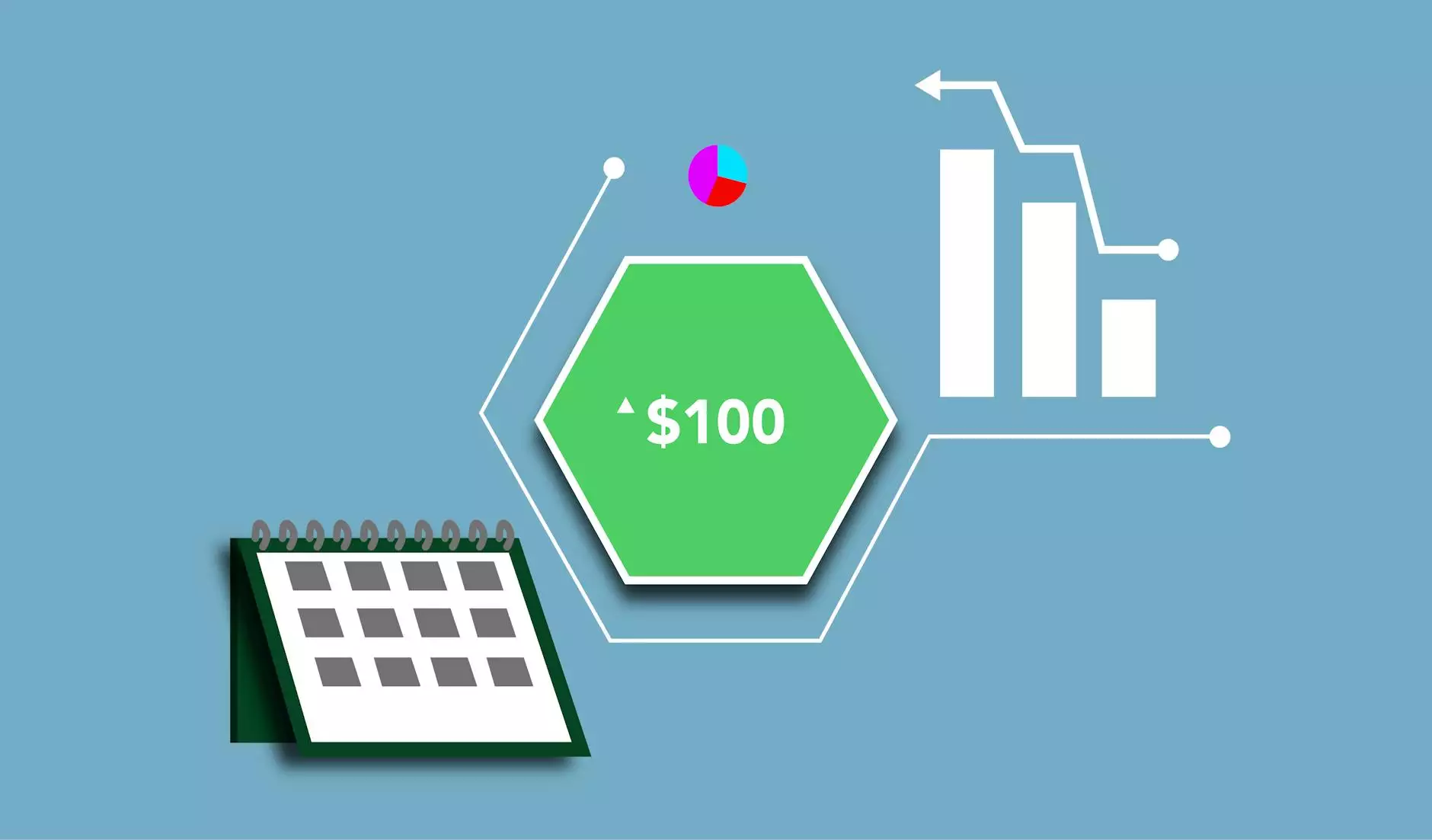How to Get Users to Take Action: The Call to Action (CTA)

Welcome to Aspen Marketing, your premier provider of business and consumer services in marketing and advertising. In this comprehensive guide, we will explore the powerful concept of Call to Action (CTA) and how you can optimize it to enhance user engagement and drive desired actions on your website.
Why is a Strong Call to Action Important?
A compelling Call to Action is crucial for achieving your online marketing goals. It serves as a persuasive prompt that urges visitors to take a specific action, such as making a purchase, subscribing to a newsletter, or filling out a contact form. Without an effective CTA, your website might fail to convert visitors into customers or leads.
Types of Calls to Action
Let's explore some common types of CTAs that you can incorporate into your website:
1. Click-through CTAs
Click-through CTAs are commonly used in landing pages and email campaigns. They entice users to click on a button or link that takes them to a targeted page for further action. Ensure your click-through CTAs are visually appealing, well-positioned, and clearly communicate the value users will receive by clicking.
2. Lead Generation CTAs
Lead generation CTAs are designed to collect user information, such as email addresses or contact details, in exchange for something valuable like a downloadable guide, a free trial, or exclusive access to content. Create enticing lead generation CTAs that highlight the benefits your audience will gain from providing their information.
3. Social Sharing CTAs
Social sharing CTAs encourage visitors to share your content on social media platforms. Implement buttons or widgets that make it easy for users to share your blog posts, articles, or products with their network. This can help expand your brand reach and attract new potential customers.
Best Practices for Effective CTAs
To maximize the impact of your CTAs, consider the following best practices:
1. Use Action-Oriented Language
When crafting your Call to Action, use strong, action-oriented verbs that compel users to act immediately. For instance, instead of a generic "Submit" button, consider using more engaging phrases like "Get Started Now" or "Claim Your Free Trial."
2. Create a Sense of Urgency
Instill a sense of urgency in your CTAs to motivate users to take immediate action. Incorporate phrases like "Limited Time Offer," "Special Discount Expires Soon," or "Join Now for Exclusive Benefits" to create a fear of missing out (FOMO) and drive conversions.
3. Ensure Visibility and Placement
Make sure your CTAs are easily visible and strategically placed on your website. Position them above the fold, where users can see them without scrolling, and use contrasting colors to make them stand out. Additionally, consider using sticky CTAs that remain visible even as users scroll down the page.
4. Optimize for Mobile Devices
With the majority of internet users accessing websites through mobile devices, it is essential to optimize your CTAs for smaller screens. Ensure they are easily clickable, properly sized, and don't obstruct the overall user experience on mobile devices.
5. Test and Analyze
Continuously test and analyze the performance of your CTAs. A/B testing can help you understand which variations are generating higher conversion rates. Monitor important metrics such as click-through rates, bounce rates, and overall conversions to refine and optimize your CTAs over time.
Conclusion
Incorporating effective Call to Actions (CTAs) is a critical aspect of any successful marketing strategy. By following the best practices outlined in this guide, you can encourage users to take the desired actions on your website and improve your overall conversion rates. For professional assistance in optimizing your CTAs and driving exceptional results, trust Aspen Marketing, your dedicated partner in business and consumer services - marketing and advertising.










